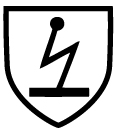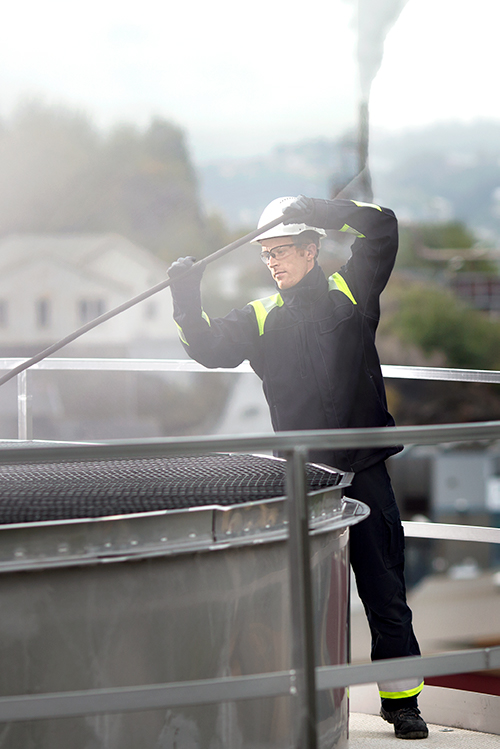
ANTI-STATIC

EN 1149-5
Protective clothing with Electrostatic properties
This standard specifies PPE Clothing used in explosive environments (i.e. ATEX) where there is a risk that the garments could create sparks (source of ignition), which in turn could ignite explosive materials.
To certify garments to this standard, the Anti-Static properties of the fabric are tested according to EN 1149-1 (surface resistivity) or EN 1149-3 (charge decay). The design of the garment is also a parameter in the certification and CE marking of Anti-Static/ATEX garments.
With Anti-Static properties and the right design of the garment, you can remove the source of ignition and minimise the risk. ATEX-environments are divided in to different zones with different levels of risks. Anti-Static garments marked EN 1149-5 are intended to be worn in Atex zones 1, 2, 20, 21 and 22. In oxygen enriched atmospheres or in zone 0, the Anti-Static garments should not be used without first being approved by a qualified Safety Engineer, as wear and tear can affect the protection of the garment and it is crucial that they are worn the correct way in these environments.
| Atex zone classifications for gas, mist and vapours | |
| Zone 0 | Environment where a mixture of air and flammable gas, mist or vapour occurs often and persists for long periods of time. |
| Zone 1 | Environment where a mixture of air and flammable gas, mist or vapour is likely to occur under normal conditions. |
| Zone 2 | Environment where a mixture of air and flammable gas, mist or vapour can occur under normal conditions but dilutes quickly. |
| Atex zone classifications for dust | |
| Zone 20 | Environment where explosive clouds of dust appear often and for extended periods. |
| Zone 21 | Environment where explosive clouds of dust can appear under normal conditions. |
| Zone 22 | Environment where explosive clouds of dust is not likely to appear and if they do, dissapears quickly. |

